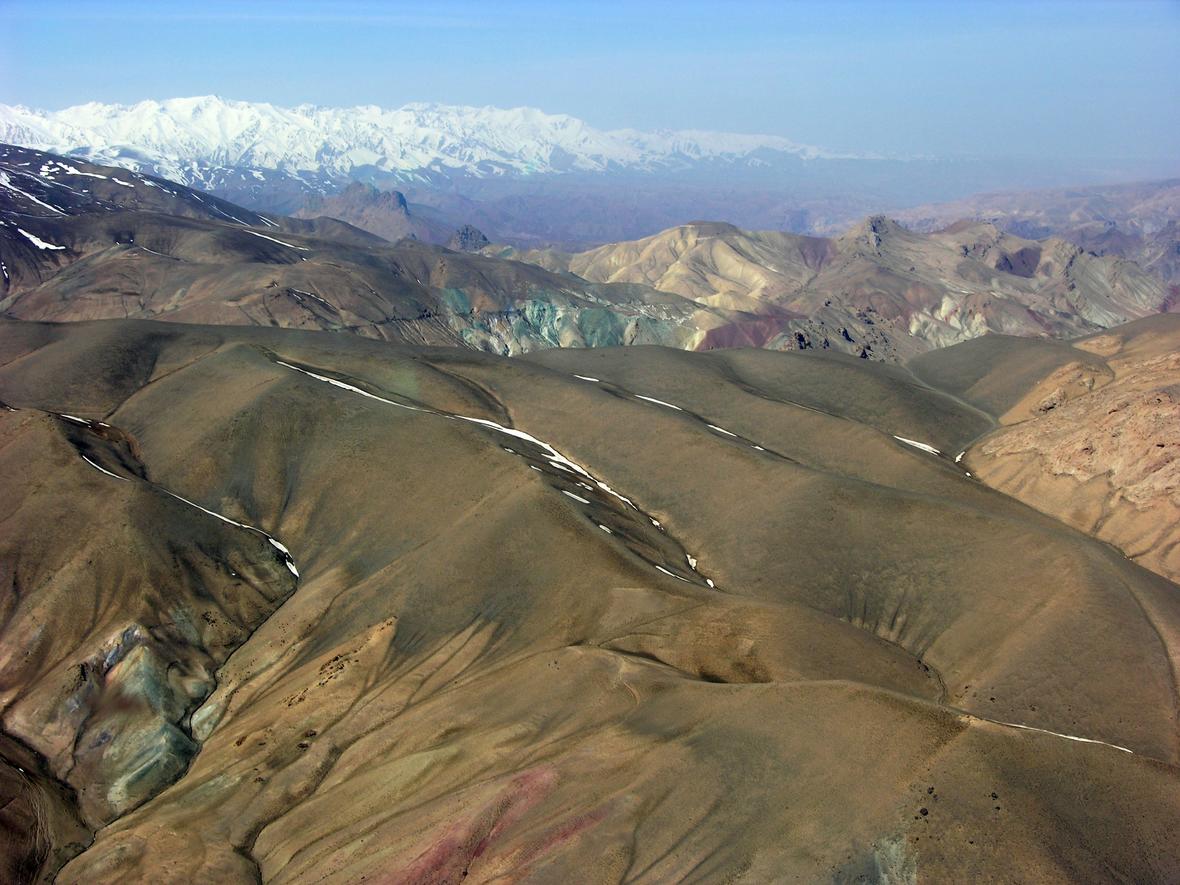Why Mountains
Directly or indirectly, mountains play an important role in most of our lives. Covering 25 percent of the planet’s land surface, mountains are home to 12 percent of the world’s population, and the enormous range of ecosystem services they provide are vital to human well-being. Half of humanity’s freshwater, for example, originates in the world’s mountains. Unfortunately, mountains are also particularly vulnerable to the impacts of climate and other global change – with significant implications for human health, safety, and security. If we are to preserve these unique environments and continue to benefit from the resources they offer, sustainable mountain development is essential. However, mountains are complex social-ecological systems that span biological, social, and physical processes. Therefore, in order to identify appropriate pathways towards sustainable development, an interdisciplinary approach to global change research in mountains is needed. Mountains serve as the essential “water towers” on every continent; this case applies for Afghanistan in particular, where all the neighbor countries rely on Water originated in the mountain of Afghanistan. All major rivers of the world begin in mountains. Billions of people downstream rely on mountain water for drinking, sanitation, irrigation and energy production. Rivers in Asia’s Hindu Kush-Himalayan mountain region alone supply freshwater to more than 200 million people living in the region and 1.3 billion people living downstream. These clean water sources and the people who depend upon them are now at risk. Melting glaciers, changing precipitation patterns and increasing tourism and development are some of the threats to mountain water. Normally, mountains do not receive the level of attention they deserve for the services they provide to humankind. And the threats to mountain people and ecosystems are growing, especially due to climate change. In response, we work hand-in-hand with mountain communities to provide practical, innovative, on-the-ground solutions for conservation problems and for more sustainable livelihoods. In partnership with a wide variety of non-profit, government, academic, and private sector partners, our model programs promote natural resource conservation, sustainable economic development, climate change adaptation and resilience, and cultural heritage preservation.
